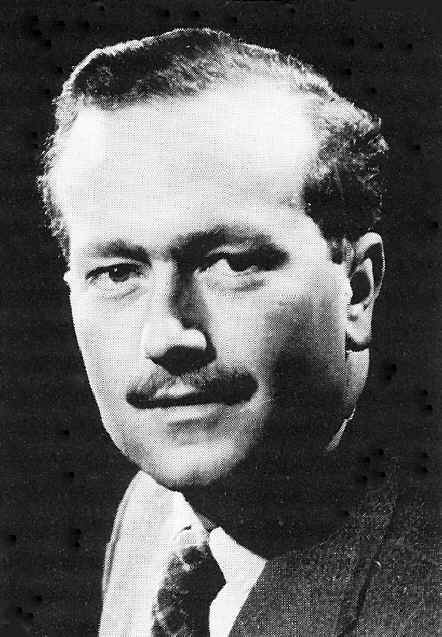| COLIN CHAPMAN | |
 |
Bright and shiny Lotus
aluminum bodies hang asymmetrically from the ceiling ready to be lowered
onto the chassis. The slightest breeze sets them into feathery motion,
turning the gloomy workshop into an entrancing mobile. Once completed,
the Lotus cars are sent to eager buyers throughout the world, each
purchase becoming a vote of utter confidence in Colin Chapman,
builder-designer of the unorthodox, fiercely fast car. Chapman, who was born in 1929 and still retains the rosy cheeks of youth, is England's youngest designer and builder. He began in the tradition of all builders of specials, putting together odd bits and pieces of this car and that and holding them together by faith in himself and the laws of mechanics. He was employed as a structural engineer by the British Aluminum Co., using his spare hours to experiment with cast-off remnants, giving free play to a rebellious trait to take nothing for granted. He carried many ideas back to prime principles, progressing by trial and error until he felt he had reached the design most suitable for his car. After
leaving London University and doing his share with the R.A.F., he took
employment and worked in his spare time. His first car was fundamentally
an Austin 7 with enough changes to make it capable of almost 100 miles
an hour. Later editions carried Ford parts and with this modification he
competed successfully at club meetings. His reputation grew and so did
demand for his components. At 23 he became managing director of Lotus
Engineering and started to seek ways to reduce drag. Experiments
continued in wind-tunnel and road tests and the car finally took shape.
By 1956 it had reached the stage where Stirling Moss and H. Mackay
Eraser made five international records at Monza in class G. They covered
50 miles at an average of 132.77 m.p.h. Trophies and prizes have
continued to pour in as Chapman continued to improve the Lotus. Chapman
is suave and self-assured without being overconfident, and has not been
overwhelmed by the growth of his organization. Having raced, designed,
engineered, built and coordinated, he is familiar with all the problems
at hand, thus attaining a degree of harmony of all department heads that
would be the envy of General Motors. It is a question whether the rebel
in him has not been lost in the increasing activity, but according to
the best advices from the plant the experimenter is still very much in
action.
|
|
from: The Book of Sports Cars, by Charles Lam Markmann & Mark Sherwin, G.P. Putnam's Sons, New York 1959 |
|
| back to Design & Production | |
| HOME to www.lotuseleven.org | |